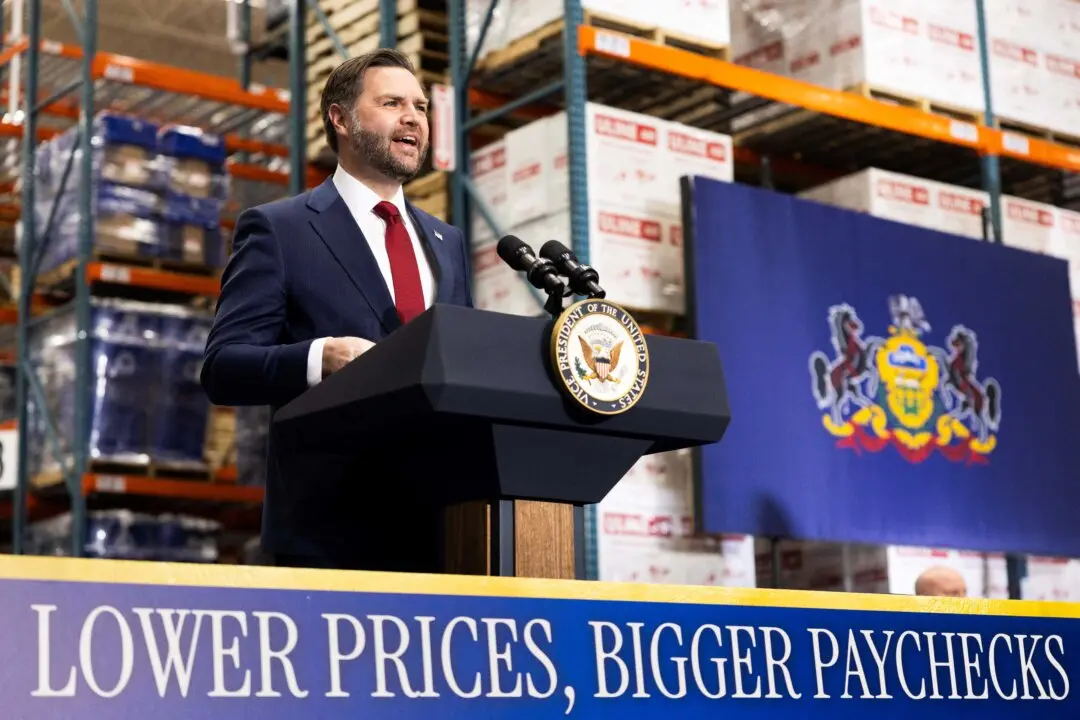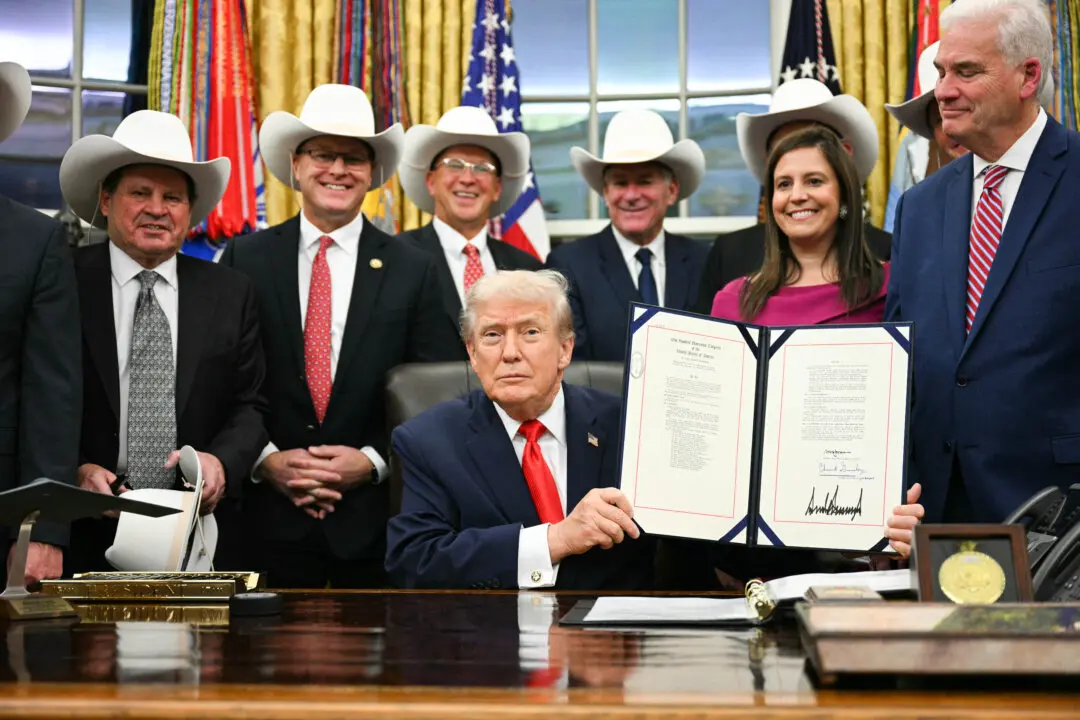Property owners across the state of California have seen their policies dropped by insurance companies because of fire danger, but experts say the state’s regulations are more impactful than the risk posed by natural disasters.
After State Farm and Allstate both declared in May that they'll no longer accept new homeowners’ policies in California, many property owners and renters were left wondering what options they have.





